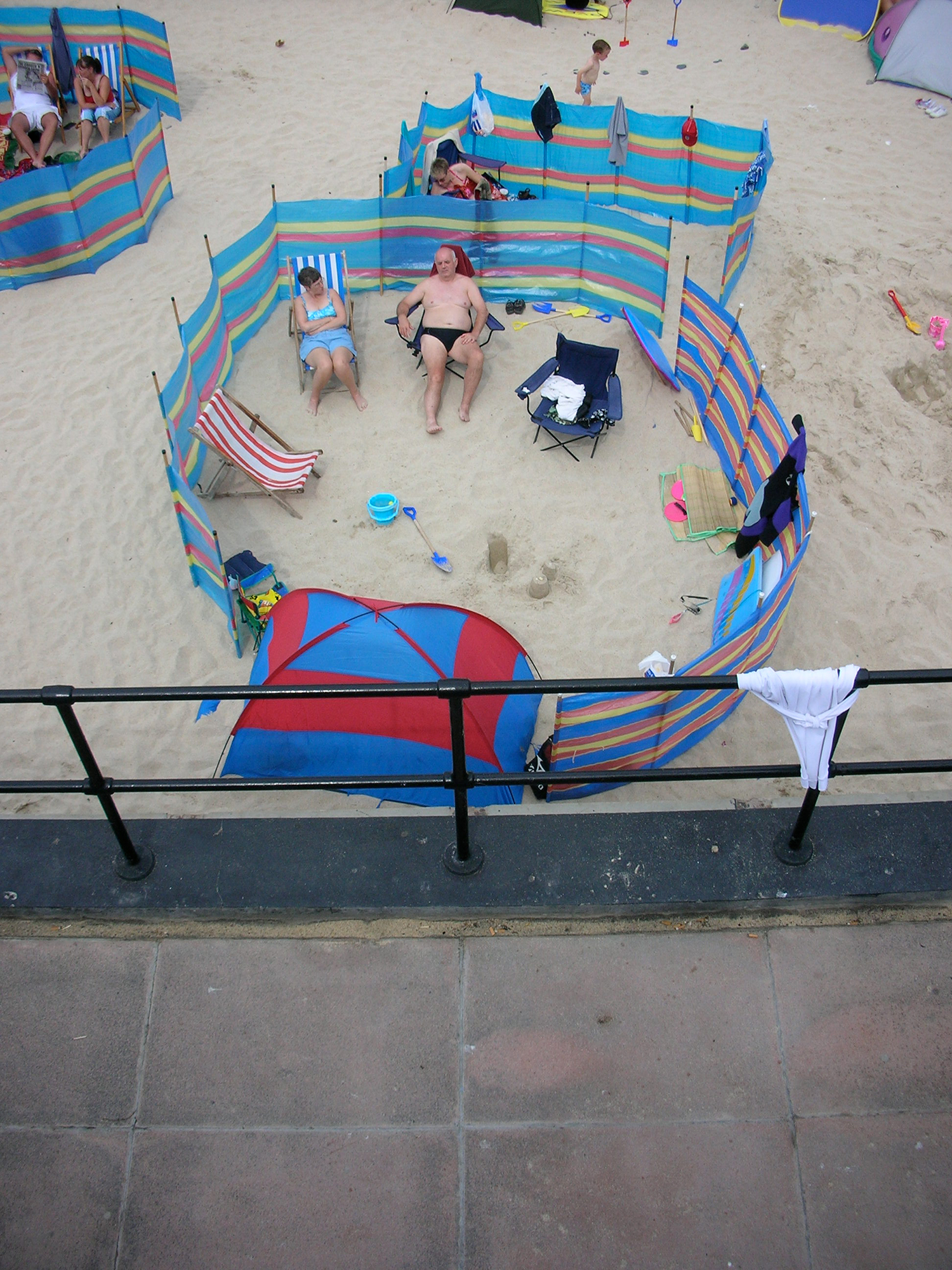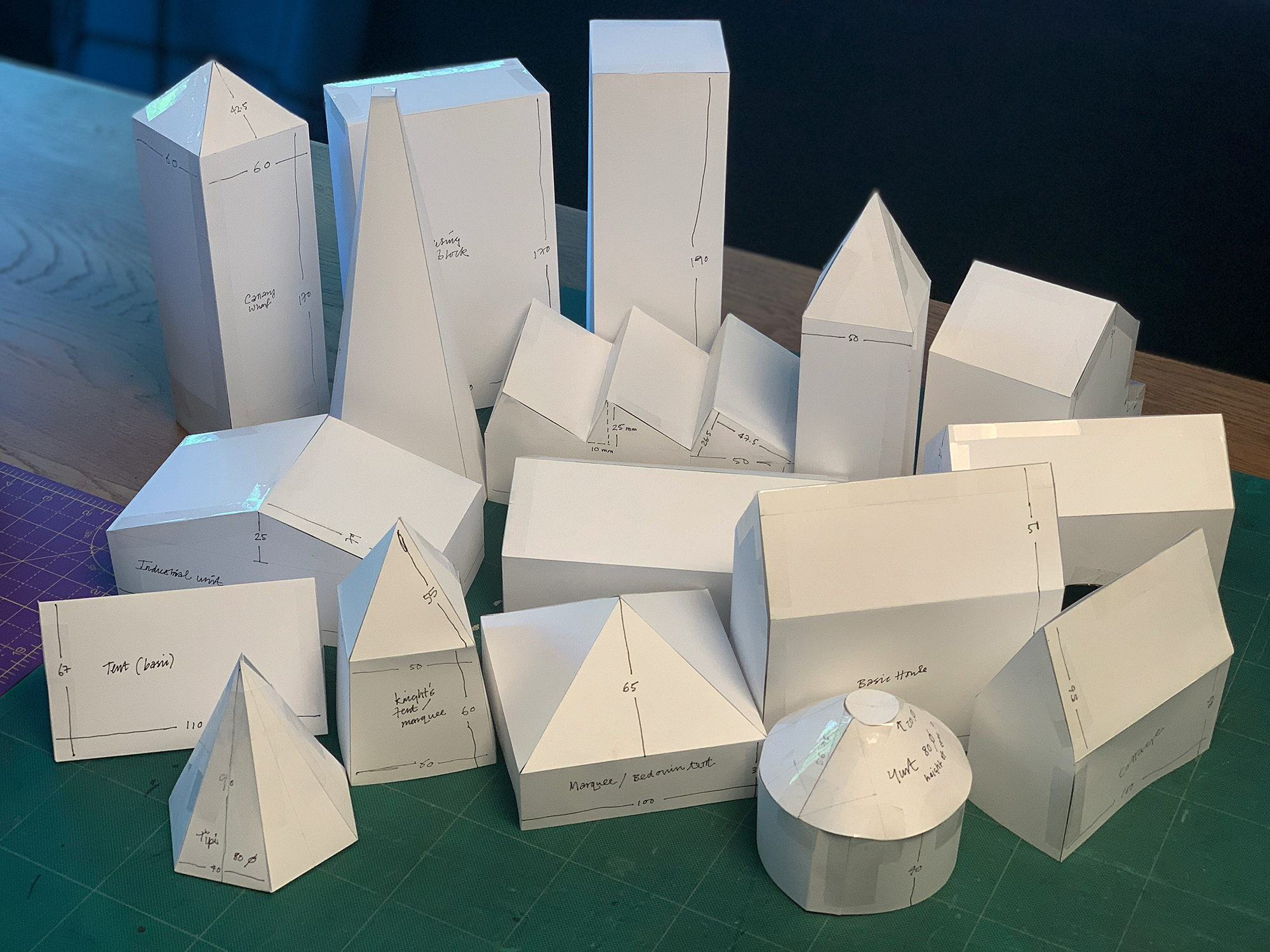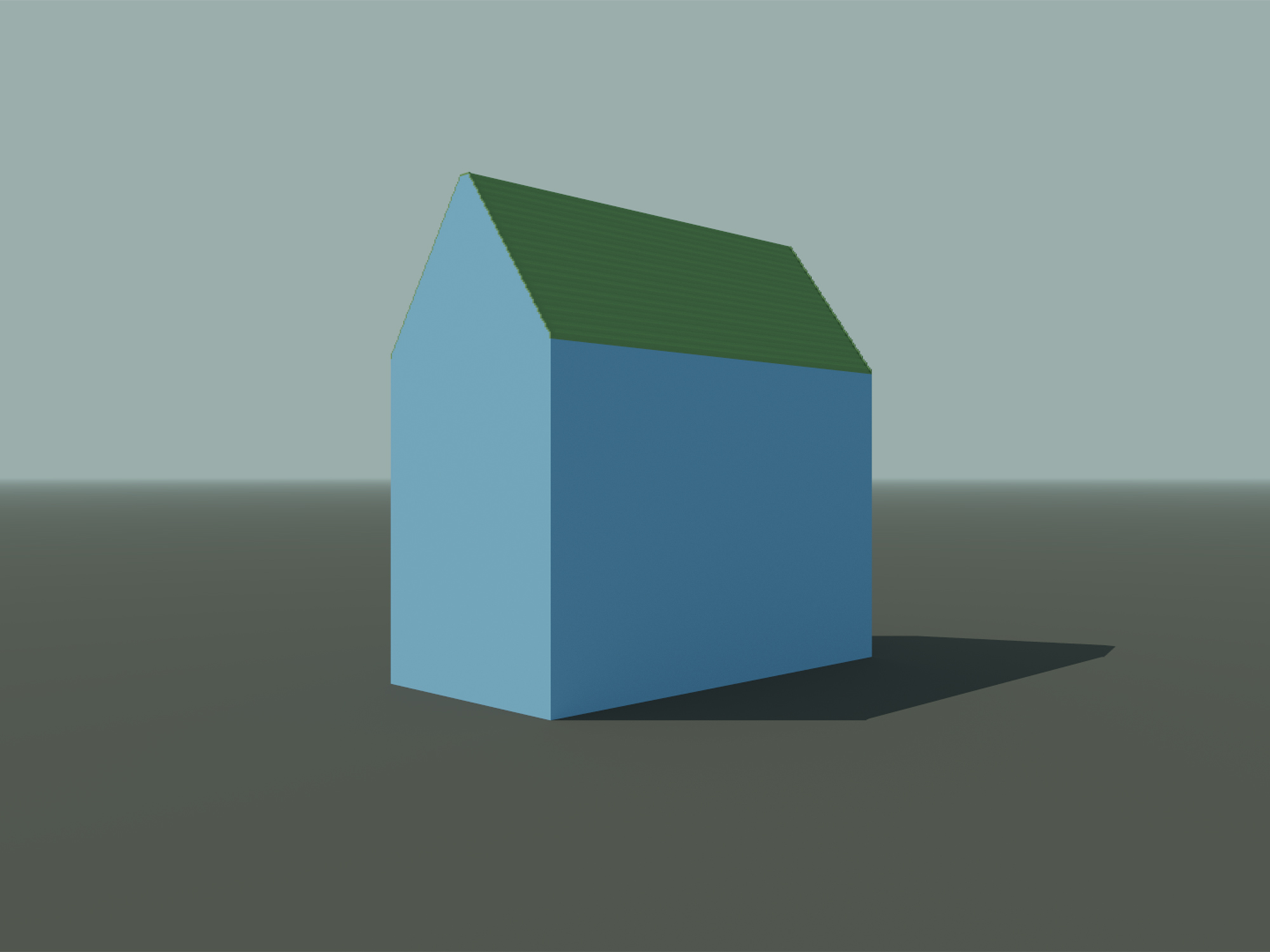Spacial/Temporal
3.8.21July 19th marked Freedom Day in England, so-called to herald the lifting of lockdown restrictions, and life returning to some sort of normality.
It was timed for the start of the school summer holidays, but foreign travel for families remains fraught with ever-changing border regulations and expensive Covid tests. So a record number have chosen staycations instead - again - for this second pandemic summer.
We travel down to Cornwall to stay with a friend in St Ives. We’ve stayed here many times over the years but are shocked now at the sight of its tiny cobbled streets overwhelmed with staycationers - but then of course WE are also the staycationers.
Indeed, recently, whenever I drive and feel annoyed at the increasingly heavy traffic (as if I am somehow separate from it) I have to remind myself - I AM the traffic!
It was timed for the start of the school summer holidays, but foreign travel for families remains fraught with ever-changing border regulations and expensive Covid tests. So a record number have chosen staycations instead - again - for this second pandemic summer.
We travel down to Cornwall to stay with a friend in St Ives. We’ve stayed here many times over the years but are shocked now at the sight of its tiny cobbled streets overwhelmed with staycationers - but then of course WE are also the staycationers.
Indeed, recently, whenever I drive and feel annoyed at the increasingly heavy traffic (as if I am somehow separate from it) I have to remind myself - I AM the traffic!
 St Ives, Cornwall1.
St Ives, Cornwall1.
The grey skies will not deter these holidaymakers: they have either long since committed to this break, or paid over the odds at shorter notice to be here.
On the beaches a daily land grab takes place, with the use of windbreaks to delineate territory walls. A dissonant landscape of cheerily coloured fabric fortresses, buttressed with tented rooms and camping chairs.
This arbitrary mise en scène changes every day; and its permutations reveal a tension between the spacial and the temporal, with factors such as tide range, movement of the sun, proximity to facilities, length of stay, and privacy, to contend with.
On the beaches a daily land grab takes place, with the use of windbreaks to delineate territory walls. A dissonant landscape of cheerily coloured fabric fortresses, buttressed with tented rooms and camping chairs.
This arbitrary mise en scène changes every day; and its permutations reveal a tension between the spacial and the temporal, with factors such as tide range, movement of the sun, proximity to facilities, length of stay, and privacy, to contend with.
Porthmeor beach, St Ives.
These ad hoc settlements bring to mind my own dilemma with how I sit my model buildings and structures in relation to eachother.
My initial response was to place them in orderly village-like arrangements. But I had already purposefully altered their scale relative to the real life counterparts they resemble; and as a result of this, I noticed that when I gather them together in a haphazard fashion, they sit more comfortably with eachother.
My initial response was to place them in orderly village-like arrangements. But I had already purposefully altered their scale relative to the real life counterparts they resemble; and as a result of this, I noticed that when I gather them together in a haphazard fashion, they sit more comfortably with eachother.
 Ad hoc village arrangement of paper prototypes.
Ad hoc village arrangement of paper prototypes. Something else that catches my eye on the beach is the use of tarp. It reminds me that as a material, tarp is associated with aspects of habitation and temporality, such as camping, emergency housing and building works. And blue is its universal colour.



My first building prototypes were made of old camping tarp groundsheets in various shades of blue, often with green or purple on the reverse side. It was the first thing I could get my hands on.
I moved on to white tarp and other materials, and experimented with different weights and production methods. But gazing out over its prevalence on Porthmeor beach, I wonder if I was too quick to dismiss blue and the associations it carries with it.
I moved on to white tarp and other materials, and experimented with different weights and production methods. But gazing out over its prevalence on Porthmeor beach, I wonder if I was too quick to dismiss blue and the associations it carries with it.
1 Still photography by D Hartley.
2 3D visual by G Hartley.